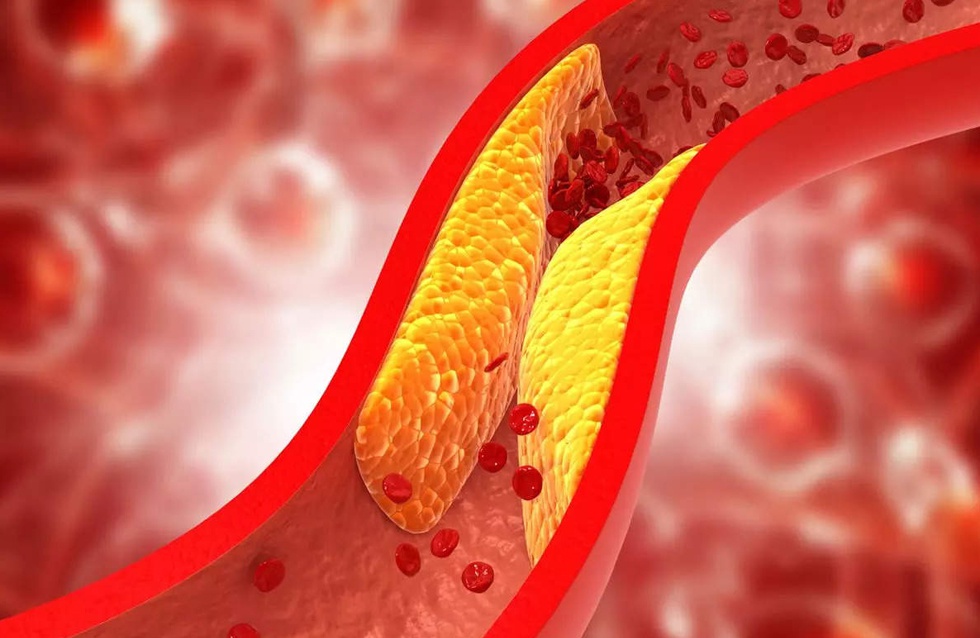
Stopping statin treatment early could substantially reduce lifetime protection against heart disease since a large share of the benefit occurs later in life. That’s the finding of a modelling study presented at ESC Congress 2022.1
Lead author Dr. Runguo Wu of Queen Mary University of London, UK said: “The study indicates that people in their 40s with a high likelihood of developing cardiovascular disease, and people of all ages with existing heart disease, should be considered for immediate initiation of cholesterol lowering treatment. Stopping treatment, unless advised by a doctor, does not appear to be a wise choice.”
Cardiovascular disease is the most common cause of ill-health and death worldwide, and high cholesterol is a key modifiable risk factor.2 Strong evidence shows that reducing low-density lipoprotein cholesterol by 1 mmol/L with statins reduces the risks of ischaemic heart disease and stroke by 24%-25%.3 Statins are the most commonly used lipid-modifying drug — it is estimated that in 2018, they were taken by more than 145 million people.4 However, delayed treatment initiation and poor adherence are common.5,6 Exaggerated claims about side-effects of statins may also be responsible for under-use among individuals at increased risk of cardiovascular events.7
There is some uncertainty about when to start and how long to persist with statin therapy to optimise the effects. This study estimated the accumulation of benefit with statins according to age at therapy initiation using a microsimulation model that was developed using data on 118,000 participants of large international statin trials from the Cholesterol Treatment Trialists’ (CTT) Collaboration and 500,000 individuals in the UK Biobank population cohort.
The model used individual characteristics (e.g. age, sex) and disease histories to simulate the annual risk of heart attack, stroke, coronary revascularisation, diabetes, cancer, vascular death and nonvascular death for each participant. Treatment with a standard dose of statin (40 mg daily) was used to estimate the effect of therapy versus no therapy in these scenarios: (1) lifelong therapy (used until death or 110 years of age if earlier), (2) therapy stopped at 80 years of age, and (3) delayed initiation of therapy by five years in participants under 45 years of age.
The benefit of statins was measured in quality-adjusted life years (QALYs), which is the length of life adjusted by health to reflect quality of life. One QALY is equal to one year of life in perfect health. Benefits were also reported separately according to baseline cardiovascular risk, which refers to the likelihood of having a heart attack or stroke in the next 10 years, and is based on age, blood pressure, cholesterol levels, smoking status, and medical conditions.8
The researchers found that a large part of QALYs gained with statin therapy accrued later in life. The higher the participants’ 10-year cardiovascular risk, the larger and earlier the statin benefit accrued. Compared with lifelong statins, stopping therapy at 80 years of age erased a large share of the potential benefit, especially for people with relatively low cardiovascular risk.
Dr. Wu said: “Our study suggests that people who start taking statins in their 50s but stop at 80 years of age instead of continuing lifelong will lose 73% of the QALY benefit if they are at relatively low cardiovascular risk and 36% if they are at high cardiovascular risk — since those at elevated risk start to benefit earlier. Women’s cardiovascular risk is generally lower than men’s. This means that for women, most of the lifelong benefit from statins occurs later in life and stopping therapy prematurely is likely more detrimental than for men.”
In people under 45 years of age at low cardiovascular risk, meaning a less than 5% likelihood of heart attack or stroke in the next 10 years, a five-year delay in taking statins had little impact — they lost just 2% of the potential QALY benefit from lifelong therapy. However, the impact was larger in people under 45 years of age at high cardiovascular risk, meaning a more than 20% likelihood of heart attack or stroke in the next 10 years — they lost 7% of the potential QALY benefit from lifelong therapy. Dr. Wu said: “Again, this is because people at higher cardiovascular risk start to accrue benefit early on and have more to lose by delaying statin therapy than those at low risk.”
SOURCE: https://www.sciencedaily.com/